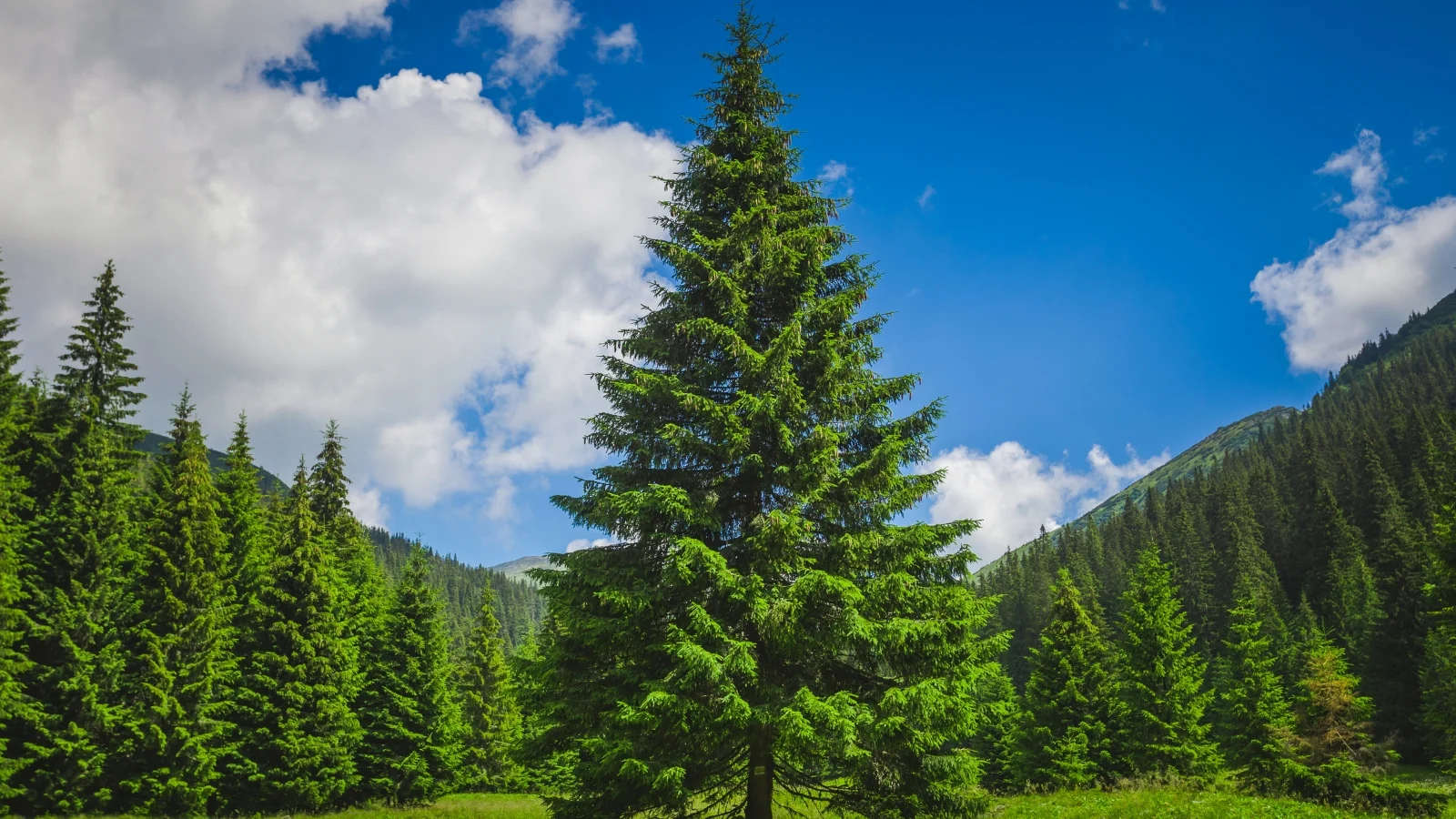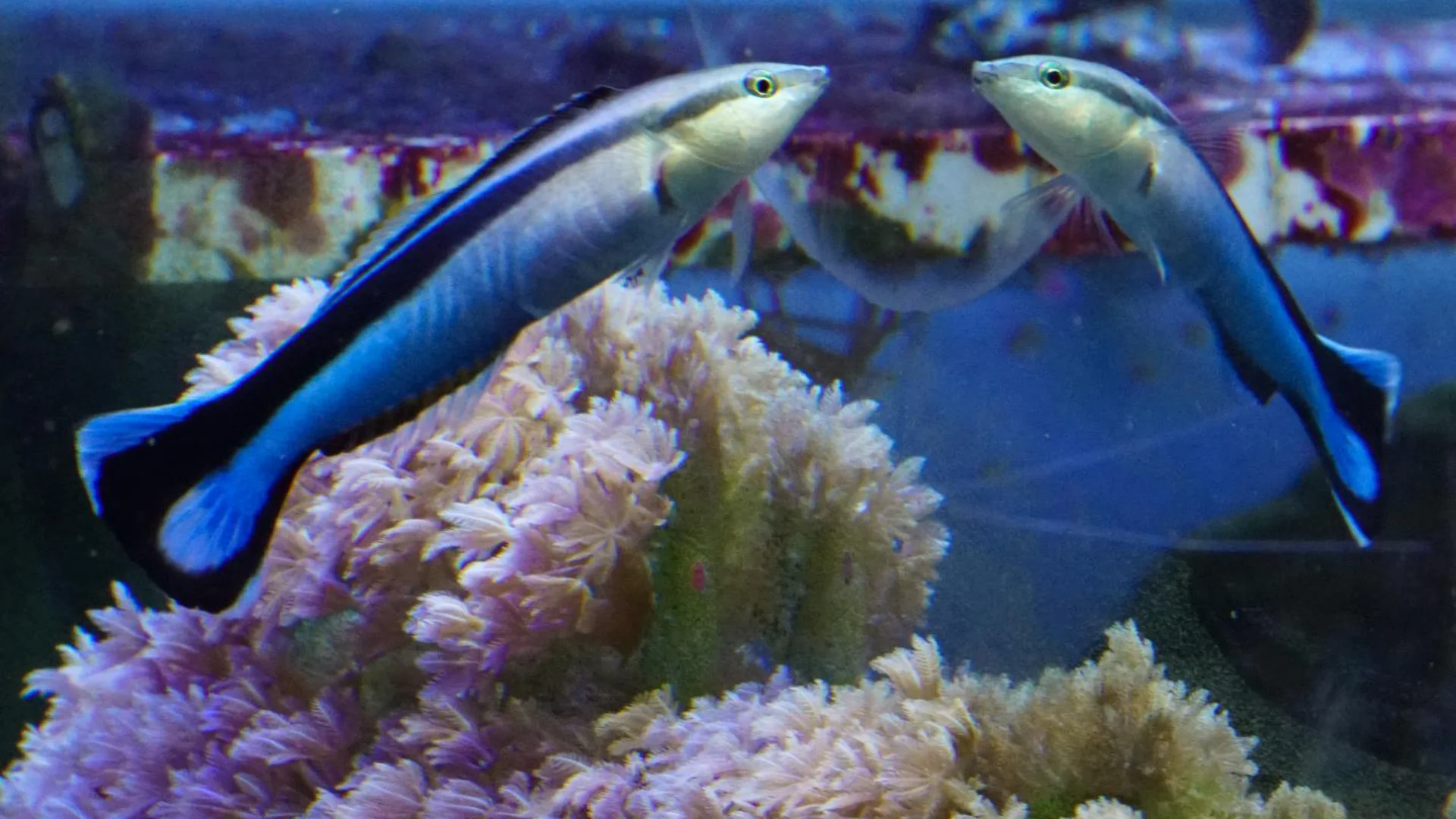innovuscollege.com – Pine trees (genus Pinus) are among the most resilient and widespread trees in the world, thriving in a variety of environments, from freezing tundras to dry mountainous regions. Their incredible adaptations enable them to withstand harsh conditions while continuing to grow and reproduce. Here are some of the most remarkable adaptations of pine trees:
1. Needle-Like Leaves for Water Conservation
One of the most distinctive features of pine trees is their needle-shaped leaves. Unlike broad leaves, pine needles have a reduced surface area, which minimizes water loss through transpiration. The thick, waxy cuticle covering the needles further helps retain moisture, making pine trees well-adapted to dry and cold environments.
2. Evergreen Adaptation for Year-Round Photosynthesis
Unlike deciduous trees that shed their leaves in autumn, pine trees retain their needles throughout the year. This evergreen adaptation allows them to continue photosynthesis even in winter, ensuring a continuous energy supply. The needles can survive for several years before shedding, reducing the energy cost of regrowing foliage annually.
3. Flexible and Strong Branches to Withstand Snow and Wind
Pine tree branches are flexible and slightly downward-sloping, allowing heavy snow to slide off rather than accumulate and break the limbs. Their conical shape also helps shed snow efficiently, preventing damage and ensuring survival in snowy climates.
4. Deep and Extensive Root System for Stability
Pine trees develop deep taproots that anchor them firmly into the soil, providing stability in windy environments. Additionally, their extensive lateral roots spread out to absorb water and nutrients efficiently, allowing them to thrive even in nutrient-poor soils.
5. Fire-Resistant Bark and Fire-Adaptive Seeds
Many pine species, such as the lodgepole pine (Pinus contorta), have thick, fire-resistant bark that helps them survive wildfires. Some species also produce serotinous cones, which require the intense heat of a wildfire to release their seeds. This adaptation ensures that pine trees can regenerate quickly in fire-prone ecosystems.
6. Resin Production for Protection
Pine trees produce sticky resin as a defense mechanism against insects and fungal infections. The resin seals wounds, preventing pathogens from entering, and deters herbivores from consuming the tree. Additionally, some pine species produce chemical compounds in their resin that help deter pests.
7. Tolerance to Acidic and Poor Soil Conditions
Pine trees can grow in a wide range of soil types, including sandy, rocky, and acidic soils. Their ability to thrive in nutrient-poor environments is aided by symbiotic relationships with mycorrhizal fungi, which enhance nutrient absorption from the soil.
8. Efficient Seed Dispersal
Pine trees rely on wind for seed dispersal. Their lightweight seeds, often attached to winged structures (such as in Pinus sylvestris), are carried over long distances by the wind. This adaptation helps pines colonize new areas quickly and efficiently.
9. Cold Hardiness and Dormancy Mechanisms
Pine trees are highly adapted to cold environments. Some species can enter a state of dormancy during extreme cold, slowing down their metabolic processes to conserve energy. Their cells also contain antifreeze proteins that help prevent ice crystal formation, allowing them to survive freezing temperatures.
Conclusion
Pine trees exhibit extraordinary adaptations that allow them to survive and thrive in some of the most challenging environments on Earth. From water-saving needle leaves to fire-adaptive reproduction strategies, these resilient trees demonstrate the remarkable ability of plants to evolve and persist in diverse conditions. Their adaptations not only support their survival but also contribute significantly to forest ecosystems worldwide.





